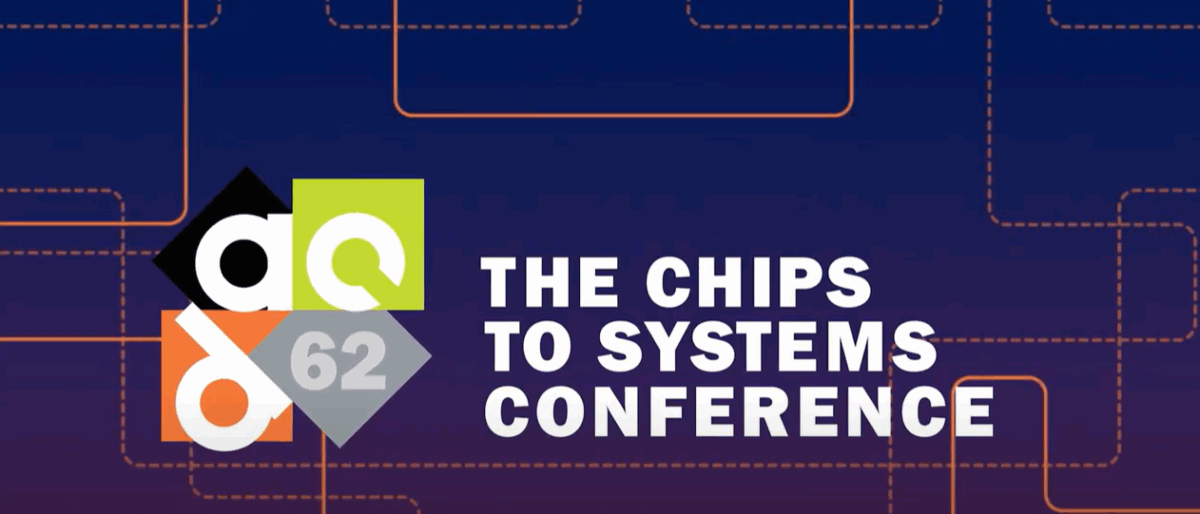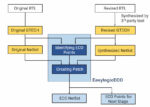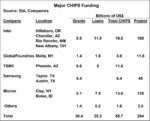Pim Donkers is the co-founder and Chief Executive Officer of Switzerland-based ARMA Instruments, a technology company which produces ultra-secure communication devices.
Pim is a technology serial entrepreneur operating internationally with several successful companies in his portfolio such as his recent IT outsourcing company Binarylabs.
His interests are in geopolitics, technology, and psychology. His diverse background allows him to observe things differently and drive unconventional and non-linear solutions to market.
Tell us about your company
In 2017, when we looked at available secure communications technology, we saw products that were technologically incapable of dealing with advanced adversaries, and products challenged by the involvement of Nation State actors. We saw a need for a different kind of technology, and we knew it would take a different kind of company to build it. That’s why we founded ARMA Instruments.
Our company mission is to provide absolute secure communications and data security, based on zero-trust principles, while being transparent in organizational infrastructure and technology. Our corporate tagline is “Trust No One”. This philosophy has allowed us to create the most secure handheld personal communicator available.
ARMA products include an ultra-secure mobile personal communicator with several industry-first features for secure communications. The ARMA G1 MKII for example is classified as a “Dual Use Good” for both military and civilian use applications operating server-less over a cellular network. ARMA developed the entire system from the ground up, from the message application and the ARMA Linux operating system to the hardware electronics boards.
There are no commercial processors or third-party software in our products. Everything is proprietary ARMA technology. Our personal communicator has no ports of any kind. No microphone and no camera. Charging is done wirelessly. This architecture dramatically reduces attack surfaces and renders malware that exploits known OS weaknesses useless.
Digging a bit deeper, our patented Dynamic Identity, working with ARMA’s VirtualSim feature, prevents targeted cyberattacks and anti-personnel attacks by changing the device’s cellular network identity at non-predictable intervals. We say this creates an “automated burner phone”.
Data from communication sessions is stored only on the ARMA device, never in the cloud. The device can sense attempts to access this data either through physical means or electronic disruption such as side-channel attacks. In these cases, the device will execute a self-destruct sequence. These are just a few of the capabilities of the device. There are many other secure features deployed to adhere to the highest security levels in the industry.
What problems are you solving?
Mobile phones, including secure ones, essentially act as personal location beacons on the global cellular network. Eavesdropping on anyone has become remarkably easy. A high-profile example of this is Israel’s NSO Group Pegasus spyware that can be installed on iPhones and Android devices, allowing operators to extract messages, photos and emails, record calls and even secretly activate microphones and cameras.
As mentioned, our device runs a proprietary OS and we have no external ports, microphones or cameras. Users are anonymous on the network by changing IMSI and IMEI numbers through our virtual SIM environment. Pegasus, and all other spyware of this type presents no threat to us.
Smartphone security weaknesses can create life-threating situations. For example, with forward-deployed engineers in Ukraine, we’ve seen smartphones used as sophisticated homing devices for ground or airborne attacks, such as drones rigged with explosives or passive listening detonators. The decreasing costs and increasing availability of such technology make smartphone-assisted attacks a very real threat. This is why broadcasting your location on the network doesn’t make sense. Our technology, Dynamic Identity, is patented in the US and helps mitigate these risks.
Additionally, any phone call, message, or media sent is typically stored on a server to ensure delivery if the recipient is offline. This data at rest outside user devices is subject to zero oversight, leaving it vulnerable to being stored indefinitely and decrypted in the future. As I mentioned, our server-less protocol ensures data at rest is only on user devices, with phone calls made directly from device to device. And this data is encrypted and protected with our self-destruct capability.
What application areas are your strongest?
Our technology secures communications universally, making its applications vast. We’ve seen significant interest from branches of governments, defense/military organizations, intelligence contractors, industrial markets, nuclear power facilities, emergency services, financial organizations, healthcare, and the high-tech industry to name a few. Interest is strong, and we are growing rapidly across the world.
What keeps your customers up at night?
Our customers are aware that modern technology often exploits their data. They understand the trade-off between convenience and the security of their intellectual legacy, knowing that no bulletproof solutions exist. Distrust and espionage are occurring throughout the world at all levels. This awareness keeps our customers vigilant and concerned.
For example, government officials and corporate executives are primarily concerned about the security and confidentiality of their sensitive communications, fearing interception or espionage. Meanwhile, security personnel and field agents are often more focused on the evolving landscape of cyber threats and ensuring their data remains unaltered and trustworthy.
Overall, whether it’s about protecting privacy, adhering to legal regulations, or ensuring operational continuity during critical times, ARMA G1 customers share a common need for robust, reliable, and secure communication solutions to mitigate diverse concerns.
What does the competitive landscape look like, and how do you differentiate?
Many competitors focus solely on adding security layers to commercial software, overlooking that secure communication requires more than just software. This is partly because hardware development is unpredictable and time-consuming, making it less attractive to VCs. Those who claim to develop their own hardware often just repurpose existing mobile boards.
Purpose-built phones from companies like Airbus, Sectra, Thales, and Boeing use outdated technology due to the popularity of BYOD and the high costs and time involved in obtaining new certifications for innovations. We differentiate by offering genuinely innovative, purpose-built solutions.
In addition to new and unique purpose-built hardware, ARMA provides differentiating technology with our Dynamic Identity VirtualSim environment, and server-less Infrastructure designed to comply with Top Secret classification levels.
What new features/technology are you working on?
ARMA will introduce its second generation ARMA G1 MKII in Q3 this year, which is a secure text only device. It will soon be followed by the enhanced G1 with secure voice capability.
There are many other ARMA products currently under development and they will be announced as we bring them to market over the next 12 months.
How do customers normally engage with your company?
At present, the best way to contact us is through our website here. You can also email us at sales@armainstruments.com. Soon, we will expand access to our technology through strategic partnerships and resellers with organizations that have a worldwide footprint.
Also Read:
CEO Interview: Orr Danon of Hailo








